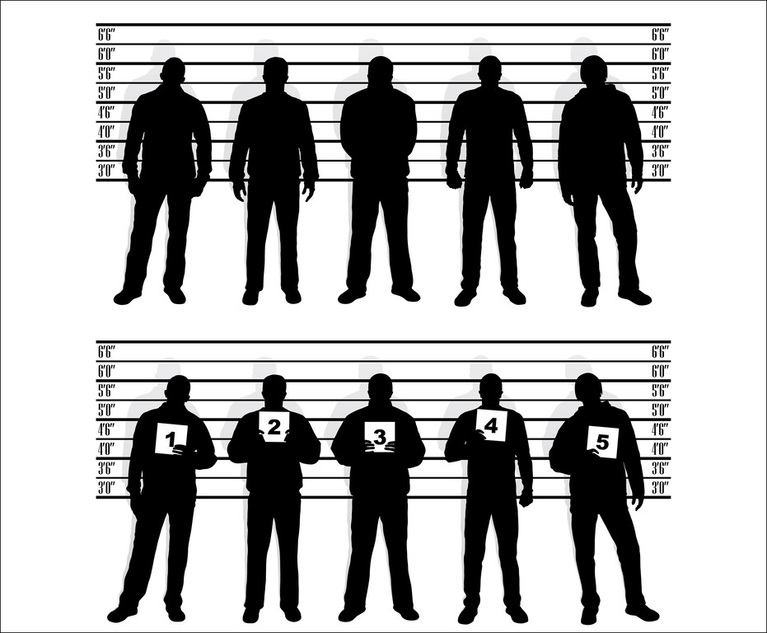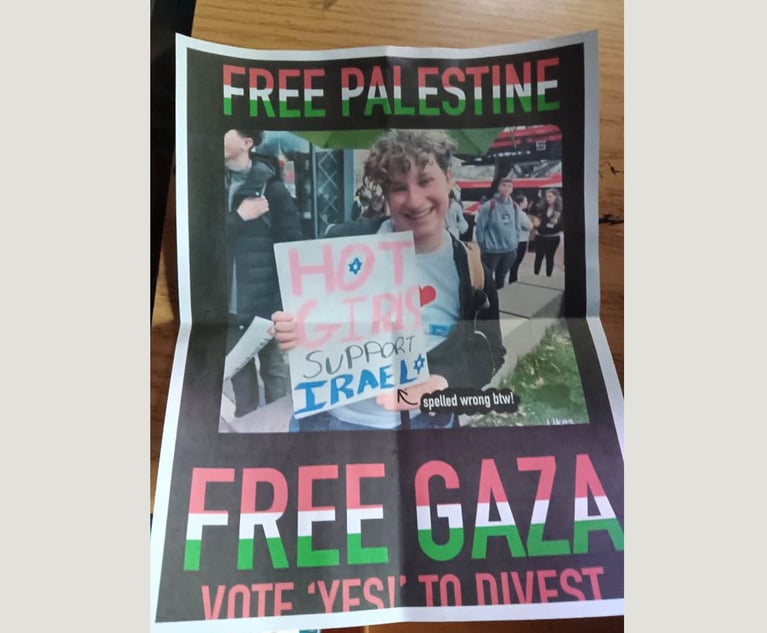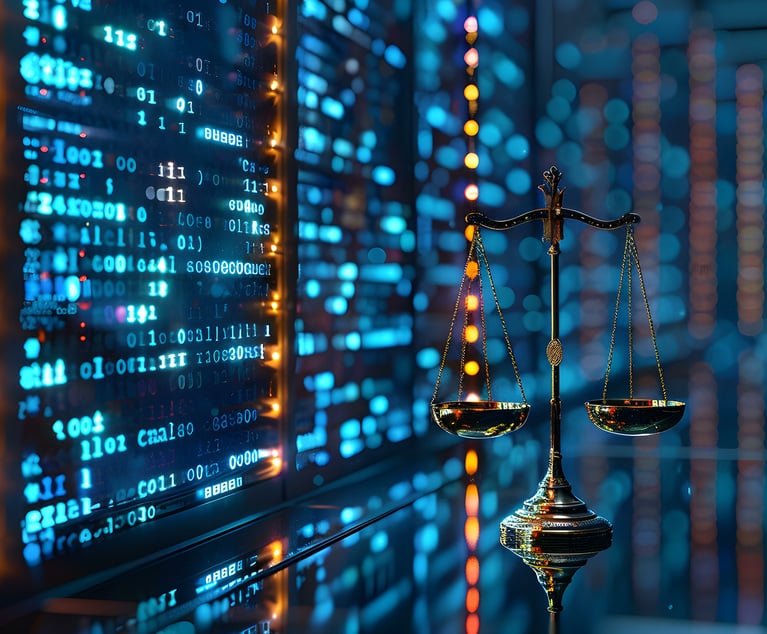In the 2011 watershed opinion penned by New Jersey Chief Justice Stuart Rabner in State v. Henderson, our Supreme Court grappled with the problem of eyewitness misidentification, applying modern scientific knowledge about the kinds of variables that can affect and dilute memory and perception and can lead to misidentification. Although some of those variables addressed cannot be controlled—for example, individual characteristics of a witness—others, such as police identification procedures, can be modified. Henderson, which has now been adopted by all of our sister jurisdictions, directed that, to the extent that the state can make the eyewitness identification process fairer, it must do so. That includes, among other things, blind administration by a person who does not know who the suspect is, fair lineup construction, elimination of confirmatory feedback by the administrator and prohibition against multiple viewings, which corrupt memory.
Now a new identification issue has emerged and once again the court has come to grips with it. In State v. Brandon M. Washington, issued Jan. 8, a suspect was arrested for a shooting. During the investigation, witnesses were shown a Facebook photo of the suspect and several chose his picture from a photo array. Two years later, while preparing the witnesses for trial, the prosecutor showed them the original array and a different photo of defendant from Facebook. During trial, defendant asked for an Evid. R. 104 hearing to probe exactly what had occurred during the trial preparation period. That motion was denied except as to one witness who had not been named in discovery. Defendant was convicted and the conviction was affirmed on appeal. The Supreme Court granted the defendant’s petition for certification “limited to the issues concerning the prosecutor showing witnesses photos of defendant during pretrial preparation.”


 Credit: Mirko Milutinovic/Adobe Stock
Credit: Mirko Milutinovic/Adobe Stock




